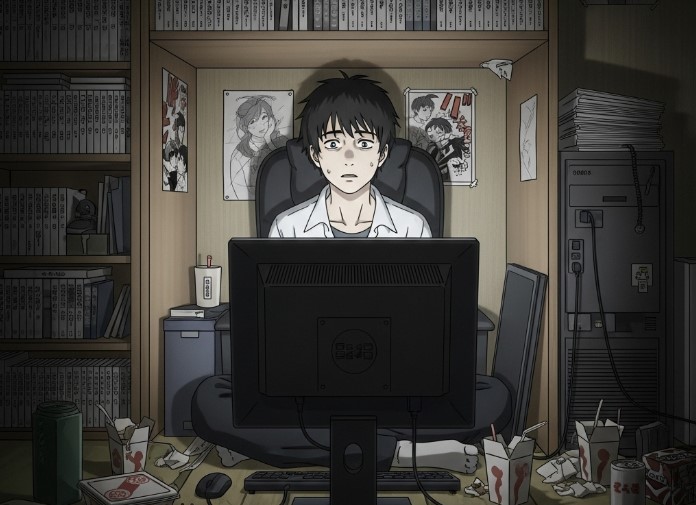In an age where hyperconnectivity is the norm, millions are still choosing disconnection — not from devices, but from society itself. This phenomenon is known as Hikikomori, a Japanese term describing individuals, often young adults, who withdraw from social life and confine themselves to their homes for extended periods — sometimes months or even years.
Though the term originated in Japan, Hikikomori is no longer a uniquely Japanese issue. It has emerged as a global mental health concern, drawing attention from psychologists, educators, and governments alike. But what exactly causes this extreme withdrawal? And what can be done about it?
What Is Hikikomori?
Hikikomori (ひきこもり) literally means “pulling inward” in Japanese. It refers to people who intentionally isolate themselves from society, often remaining inside a single room for at least six months. These individuals typically:
- Avoid school or work
- Minimize contact with family and friends
- Live in self-imposed confinement
- Communicate mainly through the internet (if at all)
Hikikomori is not officially classified as a mental disorder in most diagnostic manuals, but it is closely linked to conditions such as:
- Social anxiety disorder
- Depression
- Autism spectrum disorder
- Avoidant personality disorder
How Widespread Is Hikikomori?
According to a 2020 report by Japan’s Ministry of Health, over 1.15 million people in Japan are living as hikikomori. However, experts believe the actual number may be higher due to underreporting and the hidden nature of the condition.
Hikikomori is now being reported in other countries too, including:
- South Korea
- Italy
- Spain
- United States
- France
- Brazil
This suggests that hikikomori is a global mental health trend, fueled by modern pressures, academic stress, and digital isolation.
What Causes Hikikomori?
There’s no single cause, but several sociocultural and psychological factors contribute to the development of hikikomori behavior:
1. Academic and Career Pressure
In cultures with high expectations around success, young people often face overwhelming pressure to excel academically and professionally. Failure to meet these expectations can lead to feelings of shame and withdrawal.
2. Family Dynamics
Overprotective parenting, lack of emotional communication, or pressure from family members can push individuals into isolation.
3. Social Anxiety or Bullying
Many hikikomori have experienced bullying (ijime) or trauma that makes social interaction terrifying.
4. Technology Dependence
Gaming, internet addiction, and online escapism can contribute to a retreat from the outside world.
5. Economic Uncertainty
Fear of failure in an unstable job market or long-term unemployment can trigger a cycle of isolation.
Signs of Hikikomori
Recognizing hikikomori early can be challenging, but here are common warning signs:
- Refusal to leave the house for 6+ months
- Avoidance of school, work, or social gatherings
- Lack of physical activity or hygiene
- Heavy reliance on digital entertainment
- Withdrawal from family or locking oneself in a room
Psychological Impact of Hikikomori
Living in extended isolation takes a serious toll on mental and physical health. Individuals may experience:
- Severe depression and hopelessness
- Anxiety and panic attacks
- Sleep disorders
- Malnutrition and poor physical health
- Loss of social and professional skills
- Suicidal ideation (in extreme cases)
Is There a Cure? Treatment and Recovery
Recovery from hikikomori is possible, but it often requires patience, understanding, and multi-disciplinary support.
Common Treatment Approaches:
- Psychotherapy (especially Cognitive Behavioral Therapy)
- Family counseling and education
- Gradual social reintegration programs
- In-home visits by therapists or social workers
- Hikikomori support centers (e.g., in Japan and Korea)
In Japan, non-profit organizations and even “rental sisters” or “rental brothers” (trained companions) are hired to gently reintroduce hikikomori individuals into society.
How Society Can Help
To truly address the hikikomori epidemic, societal understanding must evolve. Here’s what we can all do:
- Promote mental health awareness without stigma
- Encourage open dialogue in families and schools
- Avoid pressuring youth solely based on academic or economic success
- Offer alternative education and employment paths
- Invest in early intervention and community support
Final Thoughts: Behind the Silence Lies a Cry for Connection
Hikikomori is not just about hiding — it’s about pain, pressure, and protection. Behind every locked door is a person struggling to cope with a world that feels overwhelming or unsafe. Recognizing, respecting, and responding to their needs is the first step toward recovery.
As we navigate a fast-paced, competitive world, it’s crucial to build a culture of empathy and inclusion, where vulnerability is not a weakness but an opportunity for connection.

